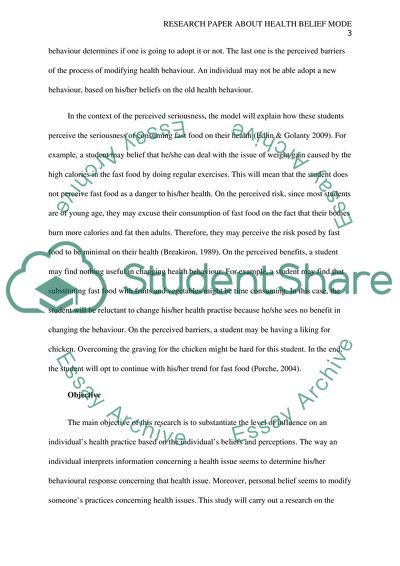Cite this document
(Health Belief Mode Research Paper Example | Topics and Well Written Essays - 1750 words, n.d.)
Health Belief Mode Research Paper Example | Topics and Well Written Essays - 1750 words. https://studentshare.org/health-sciences-medicine/1763579-research-papper-about-health-belief-mode
Health Belief Mode Research Paper Example | Topics and Well Written Essays - 1750 words. https://studentshare.org/health-sciences-medicine/1763579-research-papper-about-health-belief-mode
(Health Belief Mode Research Paper Example | Topics and Well Written Essays - 1750 Words)
Health Belief Mode Research Paper Example | Topics and Well Written Essays - 1750 Words. https://studentshare.org/health-sciences-medicine/1763579-research-papper-about-health-belief-mode.
Health Belief Mode Research Paper Example | Topics and Well Written Essays - 1750 Words. https://studentshare.org/health-sciences-medicine/1763579-research-papper-about-health-belief-mode.
“Health Belief Mode Research Paper Example | Topics and Well Written Essays - 1750 Words”. https://studentshare.org/health-sciences-medicine/1763579-research-papper-about-health-belief-mode.


